Sunday, October 31, 2010
31 Days of Halloween Finale: Dracula (1931)
Today is Halloween, and what better way to end our month-long celebration than with a look at the film that kicked off the entire cycle of classic horror films in the 1930s? That's right, it's 1931's Dracula, starring the great Bela Lugosi, at the very peak of his abilities!
Solicitor Renfield(Dwight Frye) travels to Transylvania to meet with the wealthy and mysterious Count Dracula(Lugosi) to complete the sale of Carfax Abbey, a house in England. It soon becomes clear that there is far mor to the Count that Renfield ever could have suspected, and he quickly becomes Dracula's demented servant.
Dracula journeys to England via ship, with the cackling Renfield in tow. Destroying the entire crew by the time the ship arrives at its destination, Dracula wastes no time in ingratiating himself with the British upper class. He orchestrates an introduction to Dr. Seward(Herbert Bunston), his daughter Lucy(Frances Dade), her best friend Mina(Helen Chandler), and her fiance Jonathan Harker(David Manners).
Lucy is immediately fascinated with the exotic Count, and she becomes his primary target. Dr. Van Helsing(Edward Van Sloan) is called in to investigate her mysterious illness, and soon deduces that they are dealing with a vampire. Renfield, who has been confined in Seward's sanitarium, unwittingly confirms Van Helsing's suspicions, and he sets about identifying and destroying the undead monster.
As discussed last week, the first film adaptation of Bram Stoker's classic vampire novel was 1922's Nosferatu: A Symphony of Horror. Despite the controversy surrounding its illegal status, it was highly praised even then for its artistry. Universal acquired a print of the film, and drew a good deal of inspiration from it for their licensed adaptation of the Dracula story.
Director Tod Browning has been the subject of much criticism for his seemingly lackluster work on this seminal film-- indeed, for whatever reason, the directing in this film is hardly up to his usual standards-- but he helped put together a hell of a cast. Bela Lugosi, obviously, transcends any attempt at criticism in this film. His performance is the stuff of legend, a career-defining masterwork that ensures that he will never be forgotten. Nearly eighty years later, mention Dracula to anyone, and the image that leaps immediately to mind is that of Bela Lugosi. Lugosi's Dracula is quite possibly the single most iconic performance in the history of film.
Believe it or not, Universal didn't even want him. Lugosi was only cast seemingly because Universal could find no other suitable candidate after months of searching. Lugosi was paid a paltry $500 per week, while the seemingly comatose David Manners was paid four times that. This kicked off a nasty tradition of Lugosi being constantly underpaid and under-appreciated that would last the rest of his film career. Despite all that, Lugosi's work in this film bought him an immortality that the vast majority of actors can only dream of.
Dwight Frye gives the next most memorable performance in the film. His deranged, tortured performance of Renfield is one of the film's highlights. Edward Van Sloan is in fine form as Van Helsing, a template for the sort of characters he would be cast as in several films to follow.
The rest of the cast is mostly serviceable. Helen Chandler and Frances Dade are very nice to look at, but they aren't given much to work with. David Manners as Harker is basically a non-entity in the film, but it's not really his fault. The part is not written well(it's barely written at all!). For some reason, the Harker character always seems to come off pretty poorly in Dracula films, but I don't think he ever fared worse than in this one.
The sets are very nice overall, but the set for Castle Dracula is a show-stopper. It's a shame we don't get to see more of it. The wonderful Carfax Abbey set is woefully underutilized, as well(although we get to see more of it in the simultaneously-produced Spanish language version of the film).
Dracula is a flawed film. There are long stretches where little happens, and the many scenes feel very stage-bound. Despite the presence of Karl Freund, who pioneered the use of the moving camera in film, many scenes just seem to plant the camera and let it take root while we watch gray people talk incessantly. But that is only a small part of Dracula, and it has some of the biggest guns imaginable in its arsenal that make it worthy of its classic status despite its flaws. Whenever Lugosi is onscreen, the film comes alive, and the introductory scenes are among the best and most atmospheric in all the classic horror films. Spend 70 minutes of your Halloween with this classic, and endure through the few boring stretches. It's worth it. And to truly give yourself a fright, try to imagine a world where Dracula was never made. Film-- not to mention popular culture-- would be inconceivably poorer.
Subscribe to:
Post Comments (Atom)

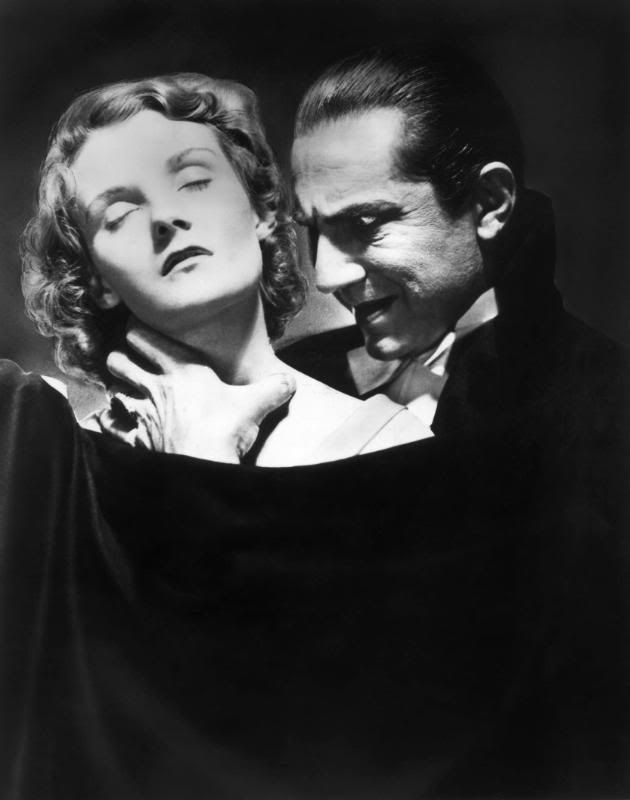

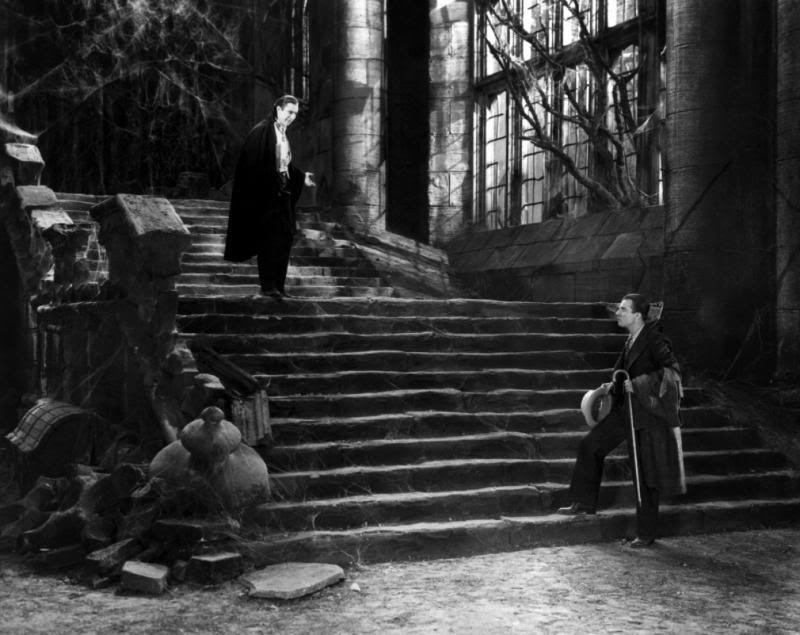
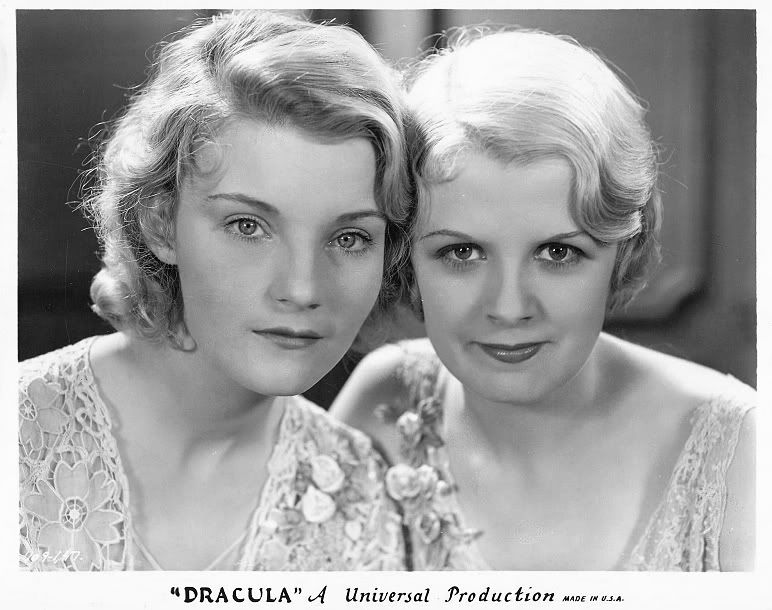
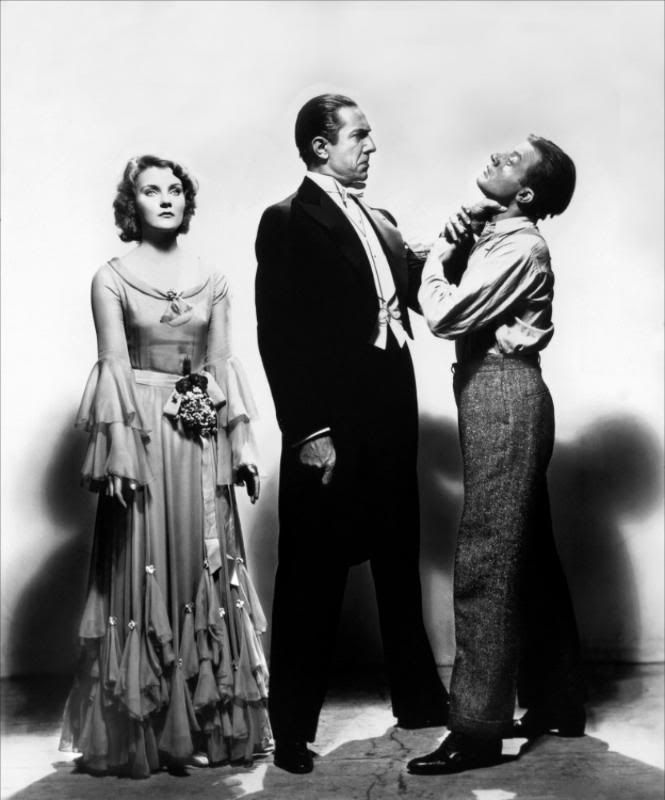
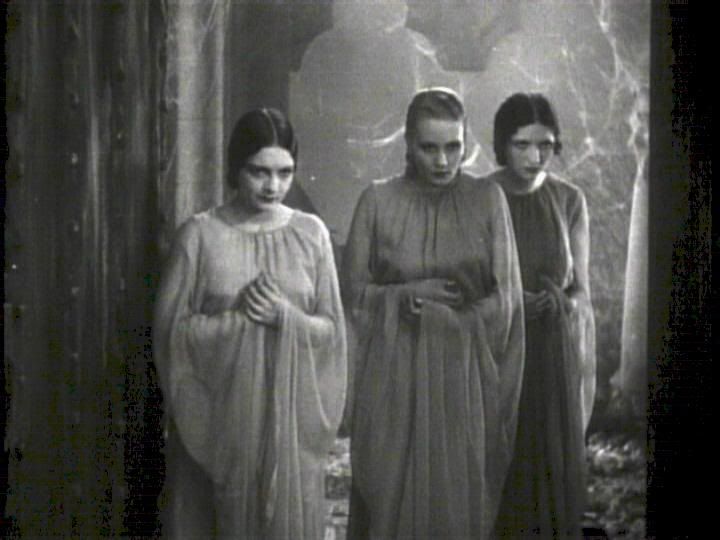
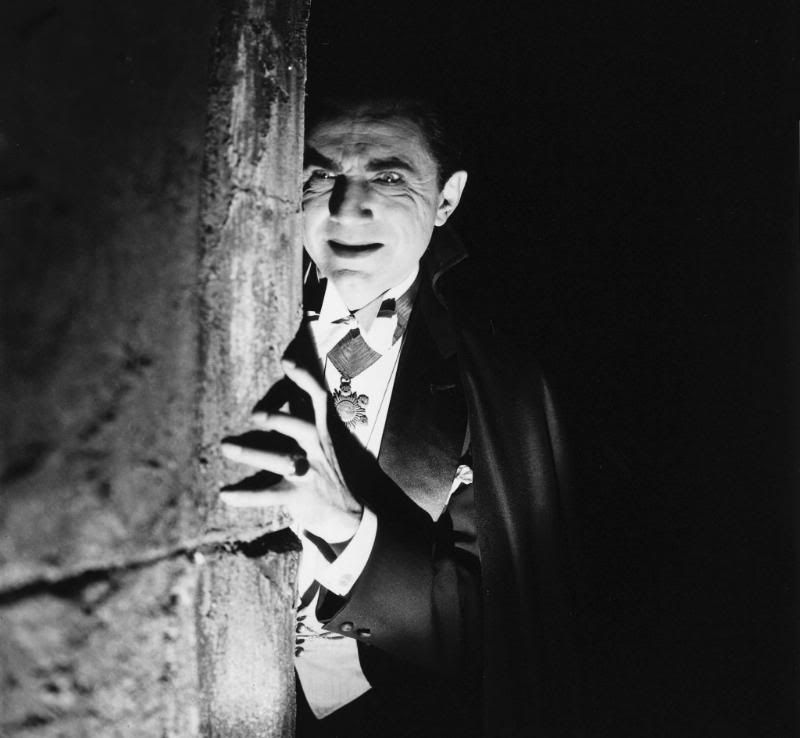
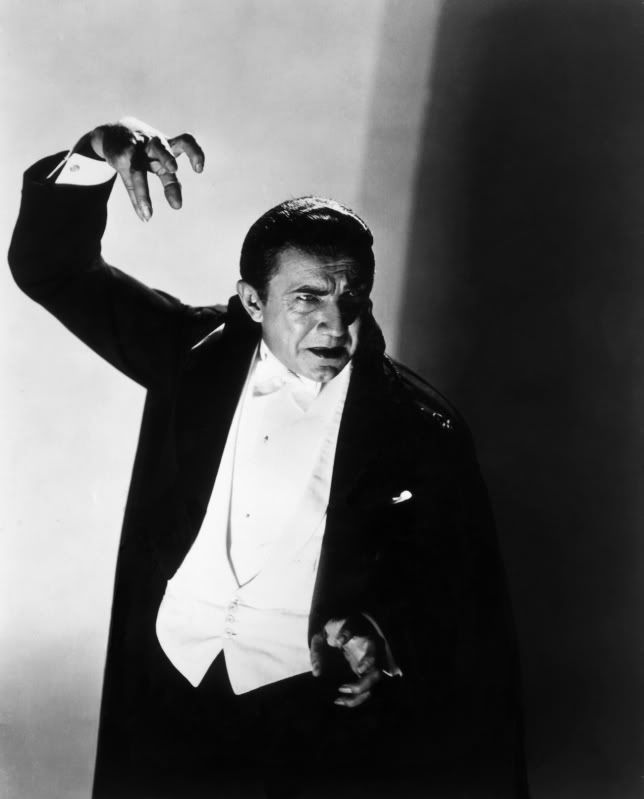
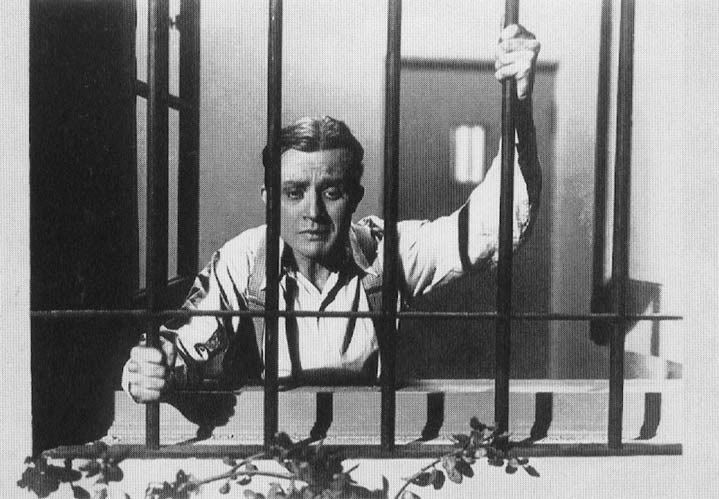


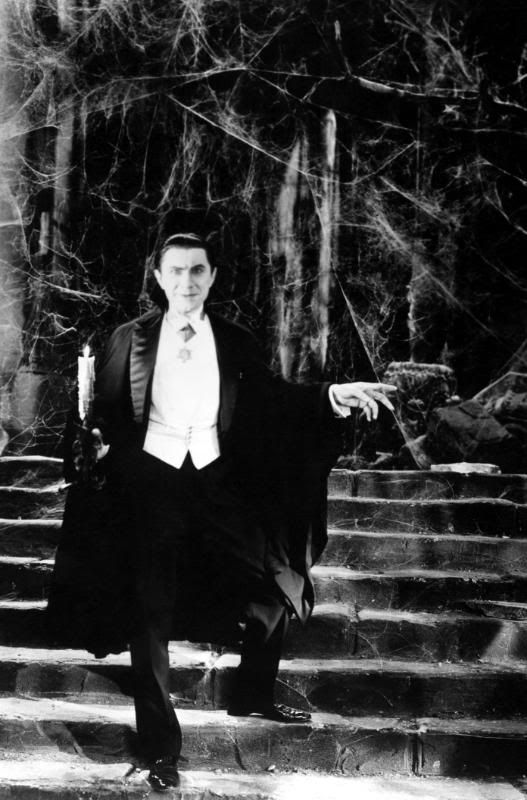
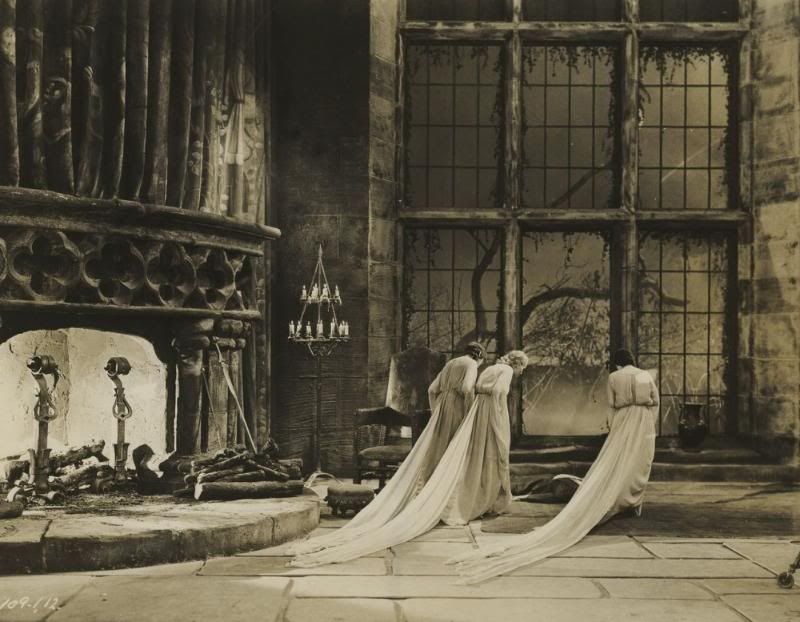
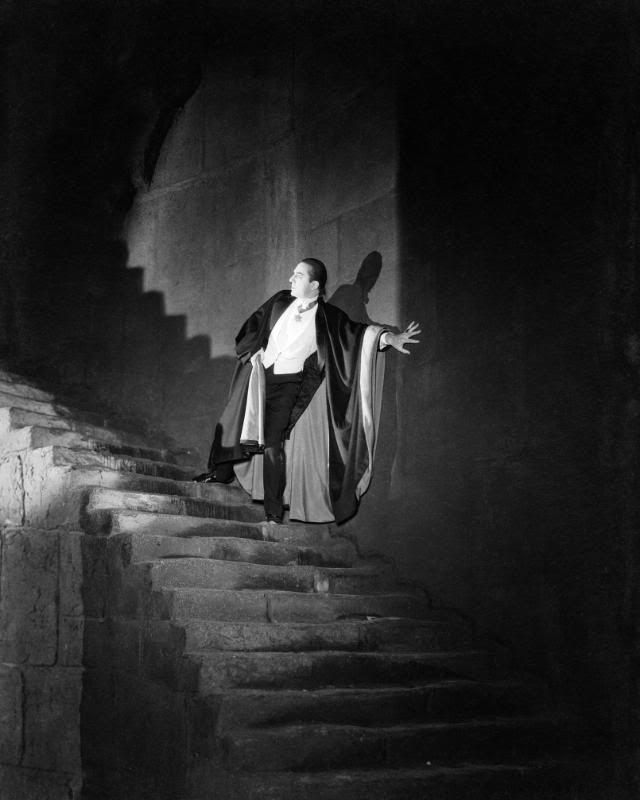
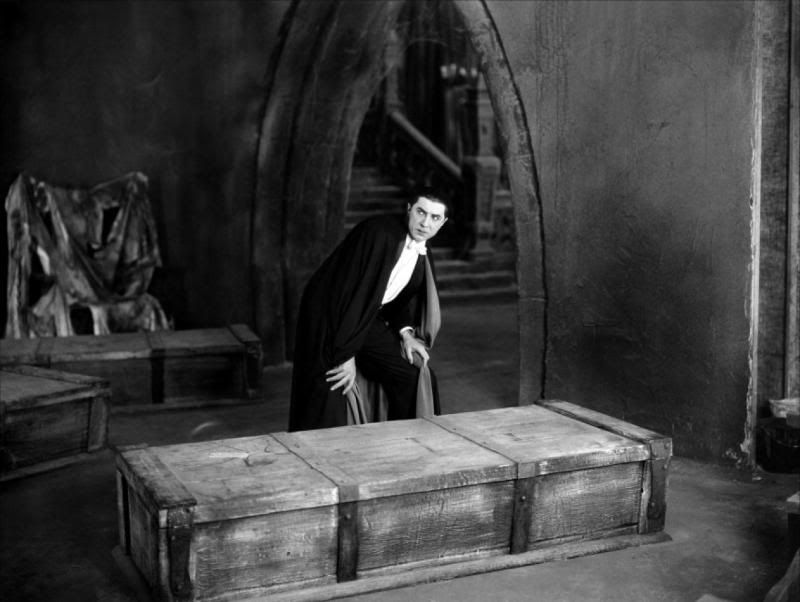

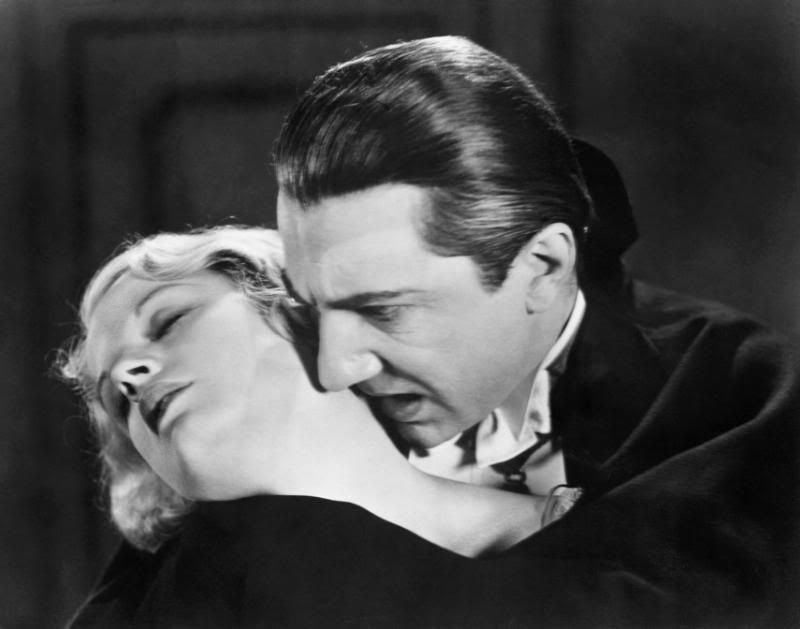
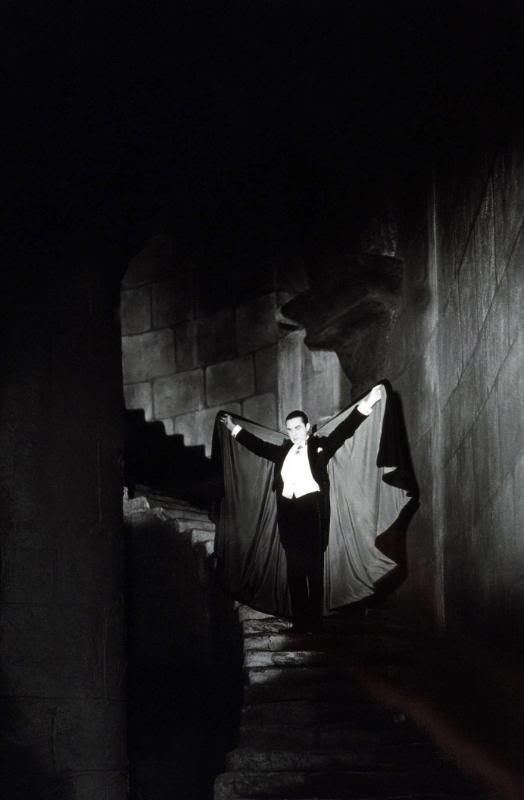

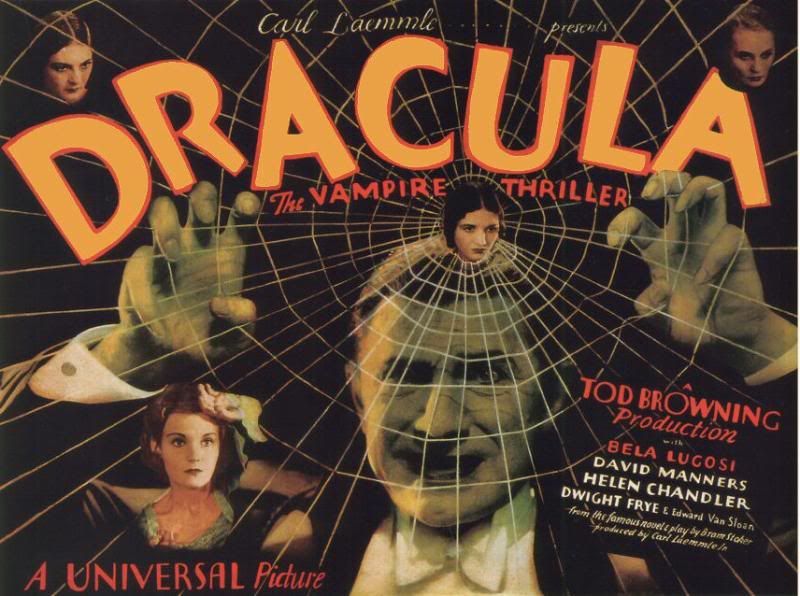
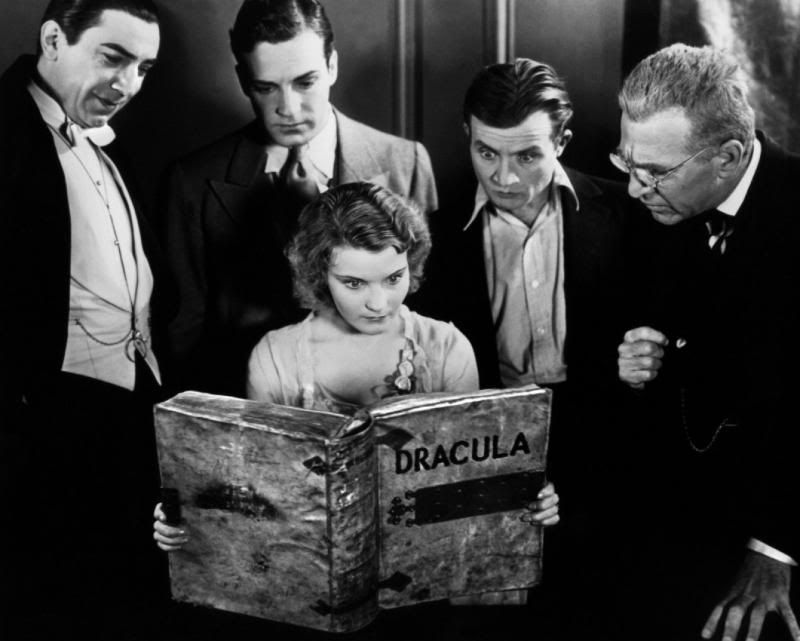
I heart Bela. There is no other Dracula.
ReplyDeleteThere have been some other good ones-- Frank Langella and Christopher Lee come to mind-- but Bela is really in a class all his own.
ReplyDeleteThis is one of my favorite horror films.
ReplyDeleteIt's true that many of the middle scenes in London are rather dull and talky, but the rest of the film more than makes up for that, and Lugosi's performance is one that you can watch over and over and still enjoy immensly.
Definitely! Bela's performance makes you forgive the film's shortcomings.
ReplyDelete